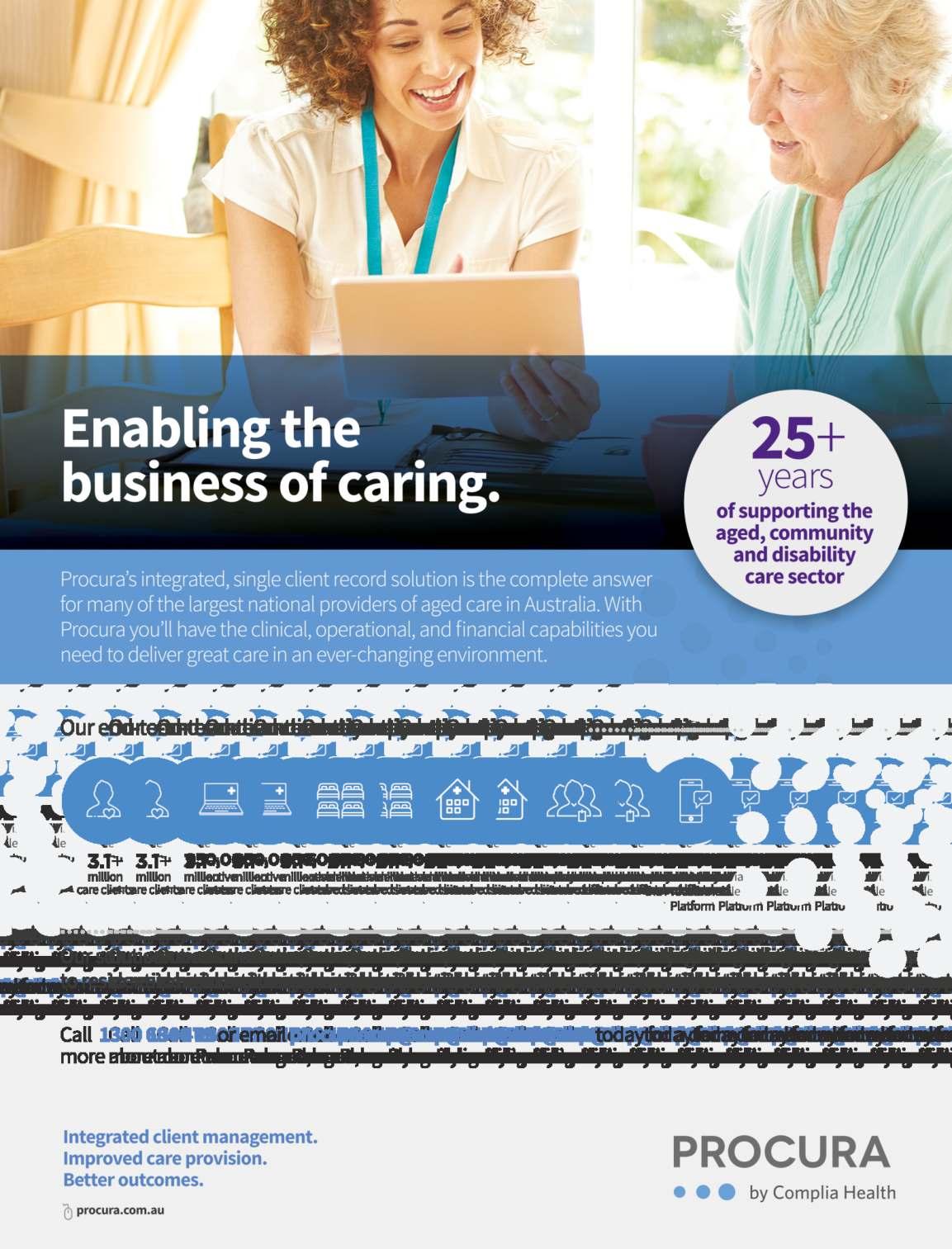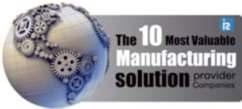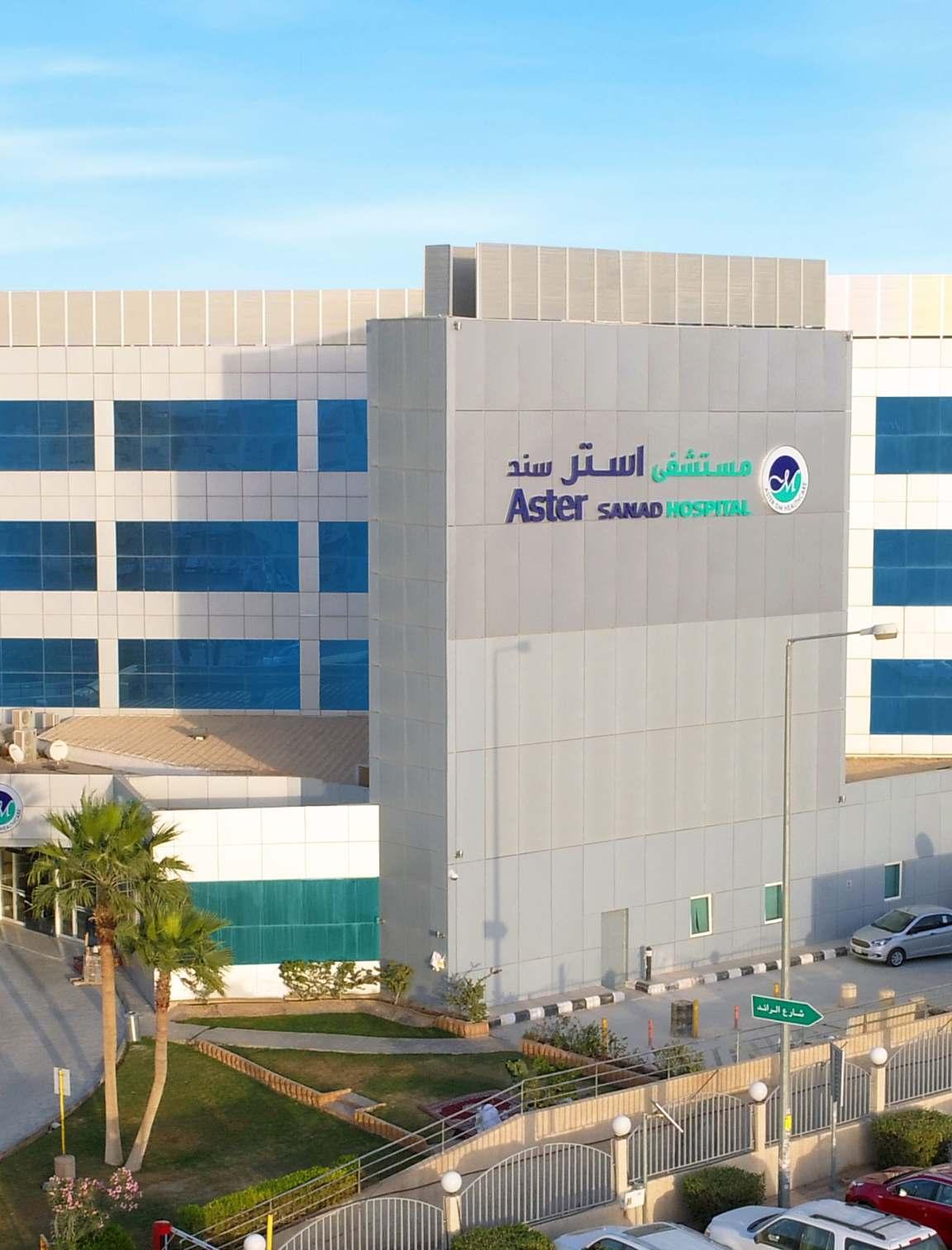
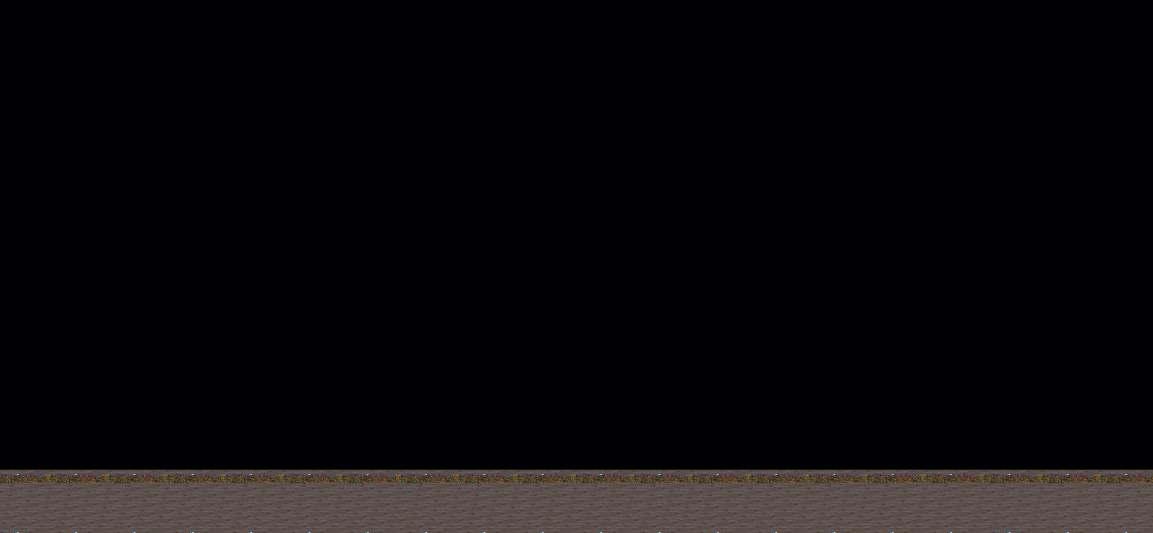











olling ahead into the timeline of history, oil
R was the king, and later data did prove itself to be the most efficient and trustworthy currency that bolstered the lives of the geostrategic demography. But, the time changed, priorities paved its new dimensions, and in contemporary times, healthcare grabbed the global spotlight.
Be it the western hemisphere, eastern zones, or the high resource-centered zone, the Middle East found a dire need for Healthcare services. This was noticed by major healthcare pioneers, and the rising
technology inventions found Saudi Arabia doing the needful.
Whether it is the business spectrum, IT infrastructure, or the most highlighting and eye-popping healthcare companies, Saudi Arabia’s healthcare facilities proved its mettle with their healthcare innovations. This has not only spotlighted the healthcare intelligence of this region but also exemplified that if technology and intelligence collaborate, the sky is the limit.
One such unique of its own kind of healthcare organization that is traversing the challenge of time and facilitating its care delivery systems is Aster DM Healthcare
Known for its future-proof solutions and healthcare promises, this facility is
serving the world with holistic scientific inventions while gathering its medical intelligence to serve the globe with prompt care delivery.
Understanding this development, it is inspiring to notice the development brought by the Aster DM Healthcare Group facility and its Saudi Arabia’s care unit—Aster Sanad Hospital
To bring its efficient work around the global healthcare system, we at Insights Success crossed paths with this unique hospital facility and came up with our latest edition.
While you scroll through the pages, ensure to read the insightful article opined by our In-house editorial Team.
I hope you have a happy read!
Saudia Arabia's Aster Sanad has paved way to next-gen healthcare innovations with its standout leadership.


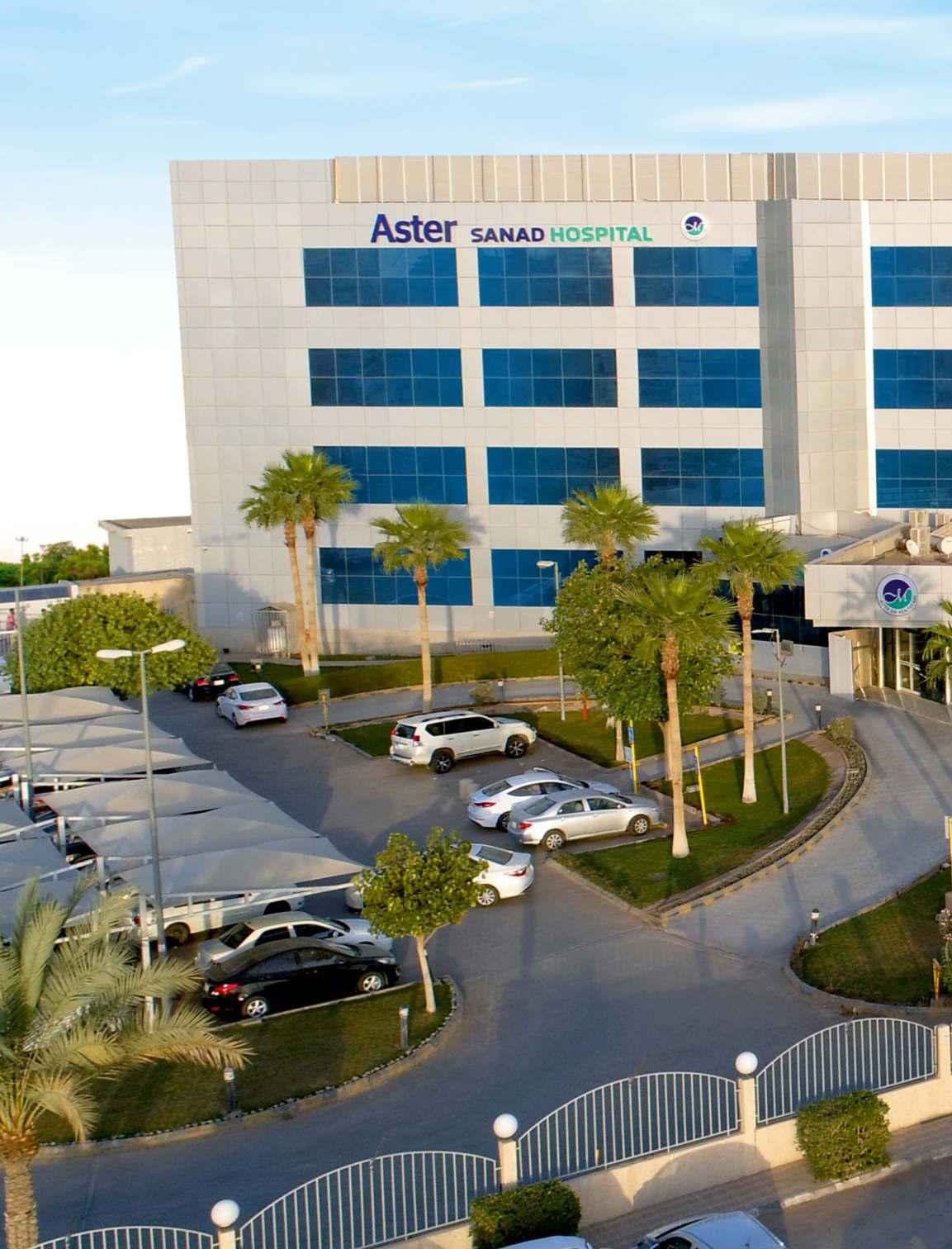
,,
We are determined to continue providing a world-class healthcare to the local community and beyond.

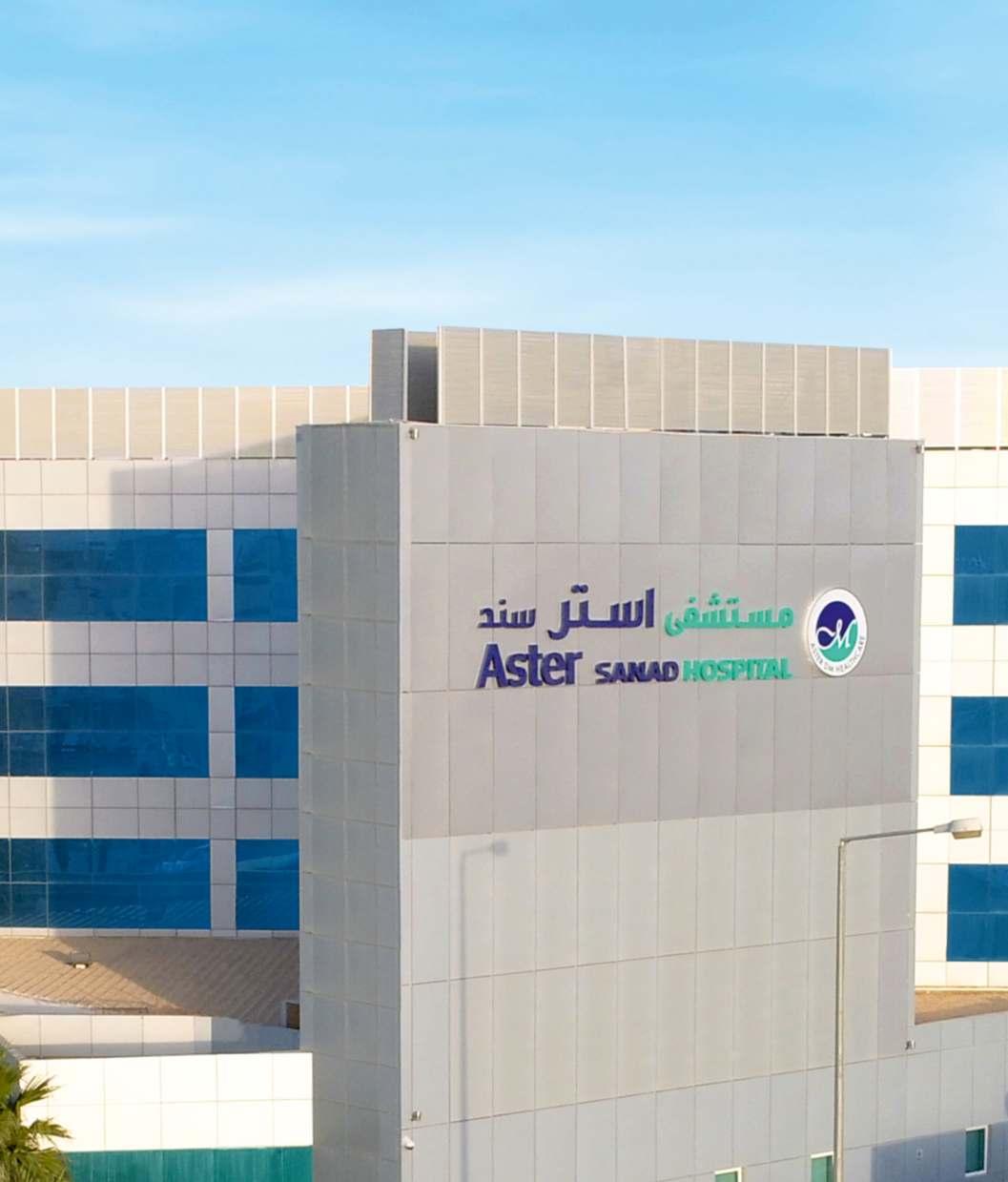
Aster Sanad Hospital is a symbol of distinction, driven by the commitment to build a healthier tomorrow.

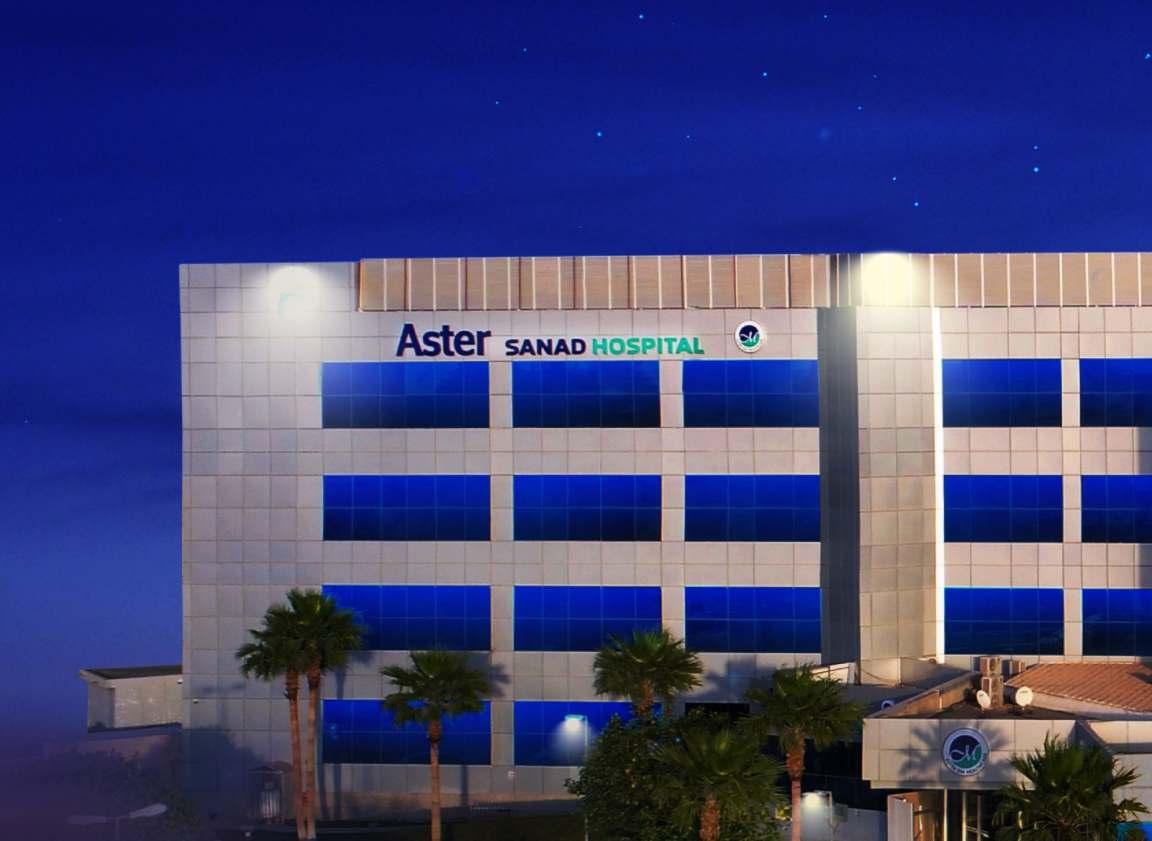

Considering the ongoing battle against a global pandemic, healthcare has evidently transformed from being a basic human necessity to becoming the only means of survival. The need for quality healthcare has surmounted any other privilege, convenience, or preference and this has compelled governing bodies to emphasize consistently on delivering healthcare quality and equity.
To achieve the efficient delivery of care and associated services, organizations across the world have acknowledged, adapted, and equipped themselves with the right technology and resources. One prominent name among these organizations is Aster Sanad Hospital
Aster Sanad Hospital is a subsidiary of Aster DM Healthcare which is one of the leading healthcare groups spread across Middle East, India, and Philippines. With its corporate headquarters in Dubai the group has been actively serving the society for more than 33 years.
Aster DM Healthcare’s network comprises of 25 hospitals, 115 clinics and 231 retail pharmacies. The organization has 17,335 employees including 2,860 full time doctors. Today, the organization is amongst the largest and fastest growing conglomerates in the region, spread across 9 countries with over 395 operating facilities and is on the path of progress to serve the community.
Aster Sanad Hospital is a symbol of distinction, driven by the commitment to build a healthier tomorrow—with its motto, ‘We Treat You Well’—for the society and to take healthcare to the next level of excellence for every individual.
With this commitment for the service to the society, Aster Sanad Hospital has metamorphosed into one of the finest medical centers of excellence in the Kingdom of Saudi Arabia – serving the wide section of the society. Currently the hospital is poised to be emerging as a world-class
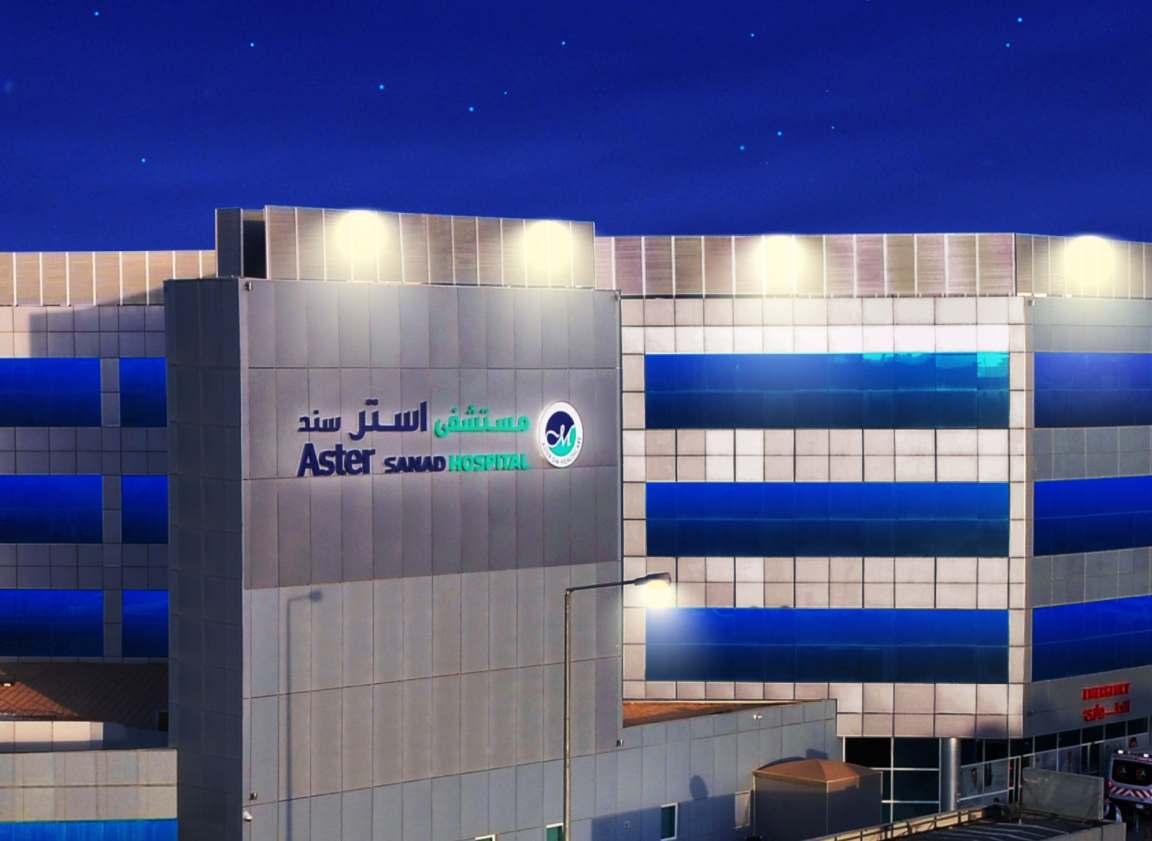
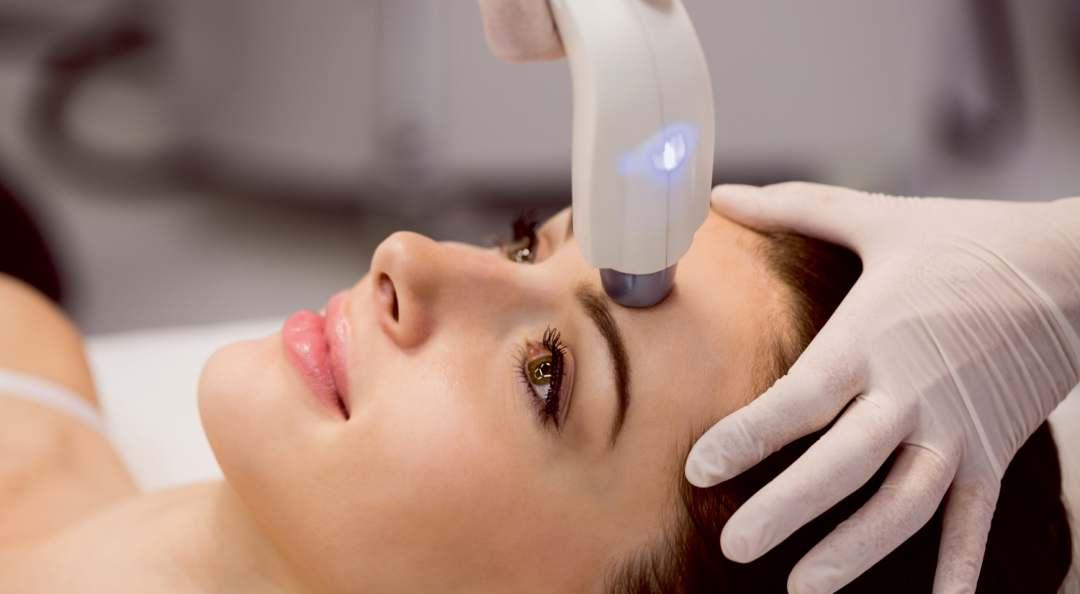

Our patient-centered vision has allowed us to improve the level of the services provided through highly professional and expert medical teams and supporting staff.
hospital, offering a wide range of high-quality treatments to the wide section of people of KSA.

To adequately serve all sections of the society, Aster Sanad Hospital has rolled out different brands for specific healthcare needs. It also provides support through its charity foundations and CSR activities. The hospital’s patient-centered vision has allowed it to improve the level of the services provided through its highly professional and expert medical teams and supporting staff aided with the most advanced technology to diagnose and treat a myriad of diseases.
“We are determined to continue providing a world-class healthcare to the local community and beyond,” says Dr. Azad Moopen , the Chairman and Managing Director of Aster DM Healthcare.
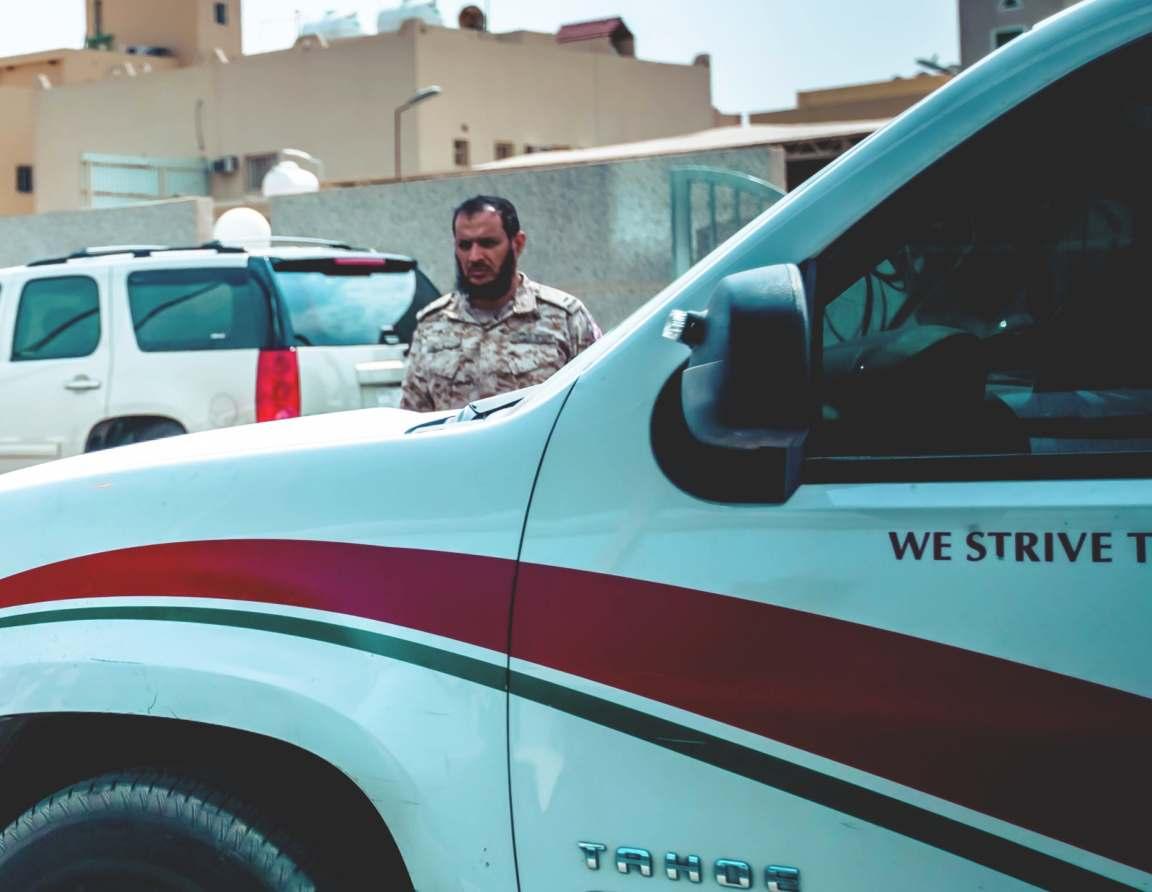
Aster Sanad Hospital provides a wide range of coverage for the community under medical insurance plans. In collaboration with medical health service providers, the hospital serves almost all the sections of the society.
The hospital offers its expertise in not just providing medical services to the community but also to raise health awareness and health education to raise health and safety standards for the community to enable them to lead a healthy and happy lifestyle. We have a complete setup of Home Care Team to enable the reach of our services to the needy at their homes.
“We are in the process to add new wings to our services like Cosmetology, Plastic Surgery, Rehabilitation, IVF, and Andrology to mention few – to serve the people of the Kingdom in a more comprehensive manner,” says the team at Aster Sanad Hospitals.
We asked the team about how they are driving the organization to sustain its competitive edge, to which the team stated that they focus on the following aspects:
• Differentiation Advantage: Offering better services and value-based healthcare than those offered by competitors at competitive prices

• Developing integrated practicing units: Integrating primary and specialty care and blending the two into what is called integrated practice units (IPUs). Care is delivered by multidisciplinary teams of both primary and specialty groups have also proven to improve efficiencies and better health outcomes.

• Patient Outcome and Cost: Tracking outcomes and costs reveal strengths and identifies areas of improvement. Making strategic changes to improve the value of care to gain a competitive edge in cost, differentiation, or both.
In every healthcare setup, Aster Sanad Hospital has a fully functional dedicated employee safety department which takes care of all the risks involved for the employees in providing efficient healthcare to the patients.
Dr. Azad Moopen is the Chairman and Managing Director of Aster DM Healthcare since its incorporation. He is a
gold medalist in Medicine and a postgraduate in General Medicine from University of Calicut, Kerala, India and a diploma holder in Tuberculosis and Chest Diseases from Delhi University, India. He is responsible for the organizations overall business operations and is additionally responsible for setting forth the group strategy and vision.
Dr. Moopen has been dedicatedly consistent in his mission of providing quality healthcare at affordable prices ever since he started the journey of ‘Caring Mission with a Global Vision’ four decades back. Having started with a single clinic in Dubai in 1987 Dr. Moopen has expanded his network in nine countries with 350 facilities including 25 hospitals, 115 clinics, and 225 pharmacies.
He has also established the Dr. Moopen’s Foundation, a charitable organization aimed at extending healthcare benefits to the less privileged. He has been honored with the Padma Shri Award – The fourth highest civilian award by the Government of India for distinguished service in his field. He was conferred the Best Doctor Award by the Government of Kerala in 2009. He has also received the Arab Health Award from the Arab Health Forum in 2010; the Arabian Business Achievement Award from the ITP Publishing Group in 2010; and the Healthcare CEO of the Year Award at the CEO Middle East Awards 2015.
,, Since the healthcare industry requires various other industries to function as it does, there are numerous opportunities for people.




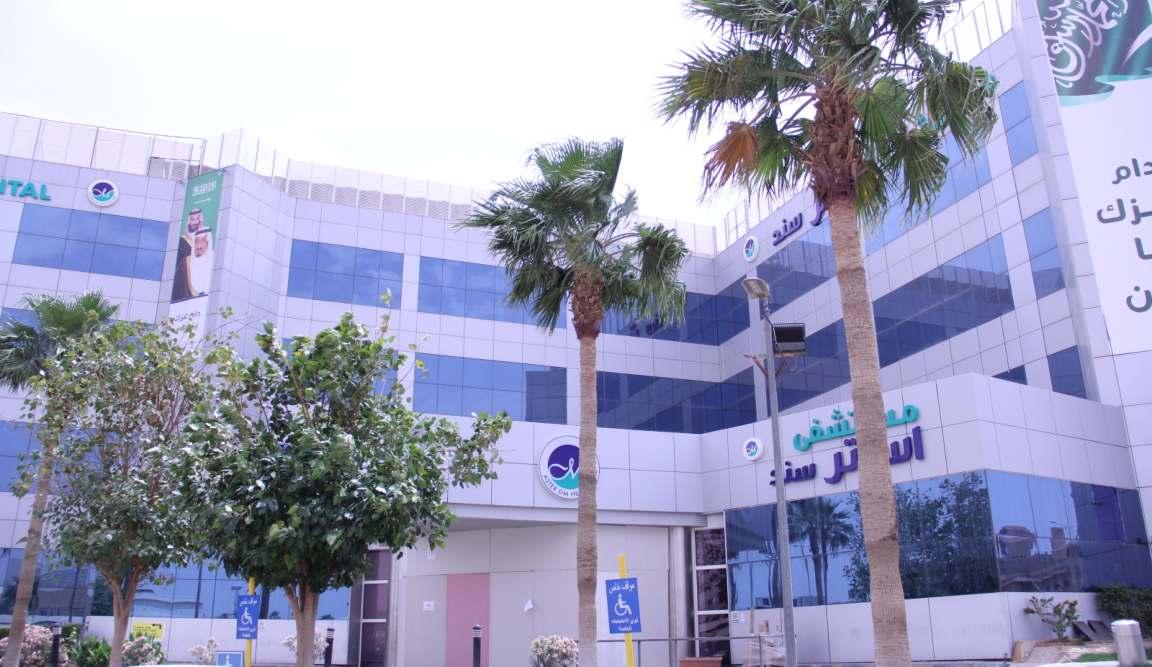


We are in the process to add new wings to our services like Cosmetology, Plastic Surgery, Rehabilitation, IVF, and Andrology to mention few – to serve the people of the Kingdom in a more comprehensive manner.
Dr. Azad Moopen Chairman and Managing Director Aster DM Healthcare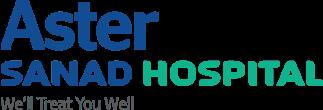
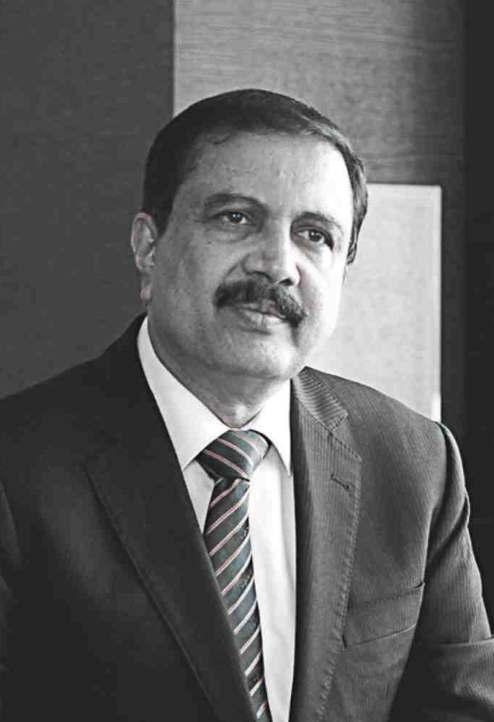
In his advice to the aspiring entrepreneurs who envision venturing into the healthcare, Dr. Moopen says, “The healthcare industry is projected to be worth over $10 trillion by 2022. Obviously, this space is extremely lucrative, and the ever-increasing list of healthcare business ideas may interest a budding businessperson even without a medical background, there are still plenty of ways entrepreneurs can get in on the healthcare industry. Since the healthcare industry requires various other industries to function as it does, there are numerous opportunities for people with different academic qualifications and professional expertise.”
Commenting upon his strategy around scaling Aster Sanad Hospital’s operations and offerings in 2021, Dr. Moopen says, “Aster DM Healthcare will continue serving the society through its healthcare setups. Aster volunteers, charitable organizations and social initiatives of the Aster DM group have already created a very positive impact on the lives of over a million people in varied and wonderful ways and this is only the beginning. We are coming up with new projects in India and UAE to expand our reach to the society.”

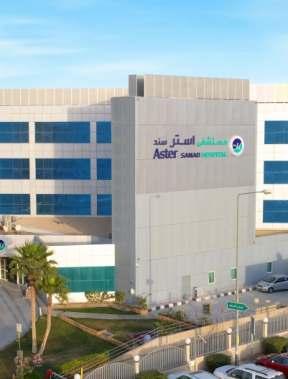




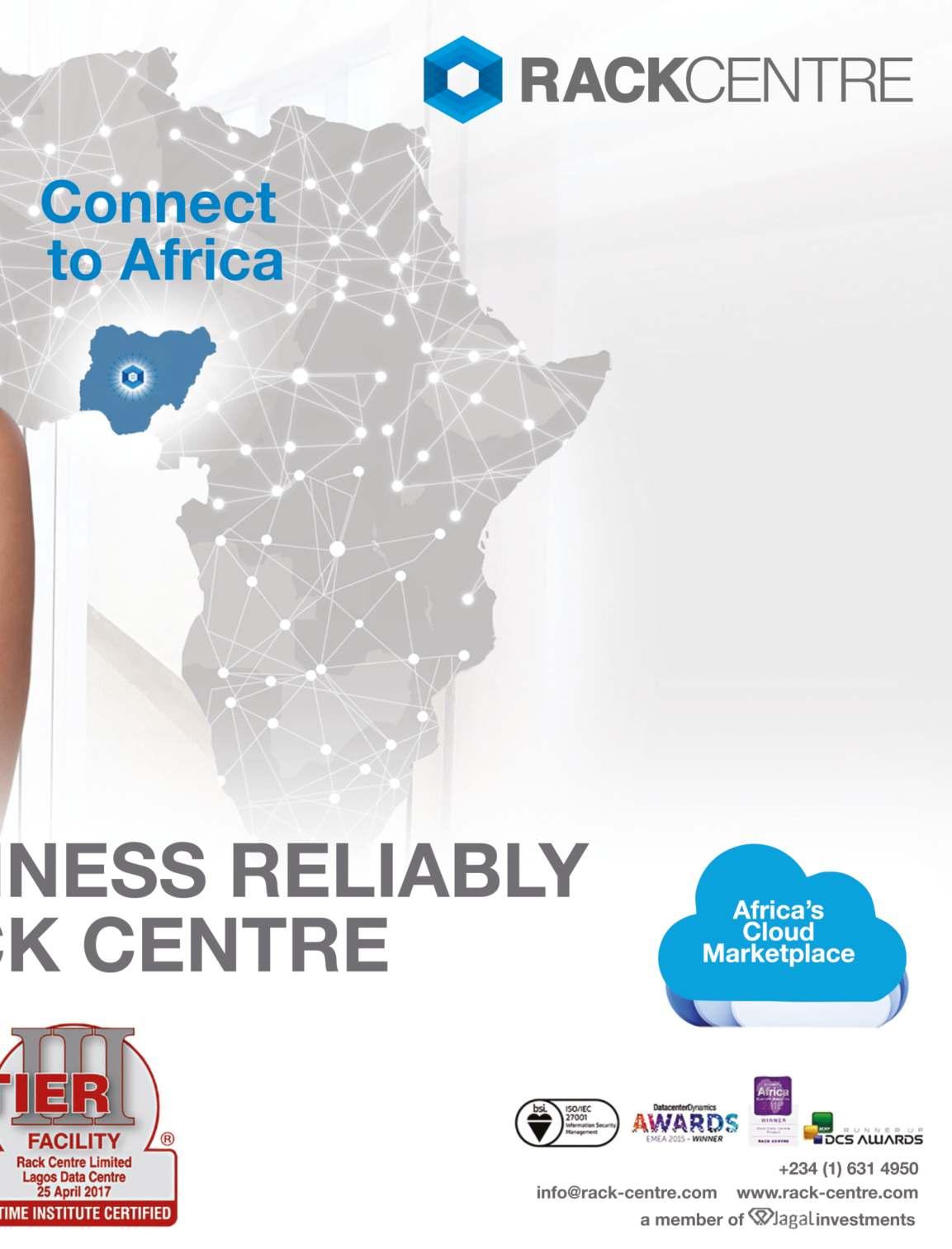
I experienced a paradigm shift in the quality of care provided to its patients. Rather than the doctors and staff making the medical decisions for the patients, they now prefer to become partners with patients. Such an approach is centric on the patient’s needs and preferences and is technically labeled as Patient Centric Care
n the past decade, the healthcare sector has
Today, with the growth in chronic diseases and healthrelated needs, patients’ expectations of health have evolved. A higher preference is tilted towards convenience, transparency, and personalized treatment holistically.

According to a report by Deloitte Insights, it is anticipated that by the year 2040, customers will be taking an active role in their wellbeing. Resources such as emerging technology, early detection of disease, and the ability to cure will reduce health spending by 80%. About 60% of customer spending will be spent on improving their health and wellbeing.
However, it is likely that the healthcare sector is already moving in such a direction. As per a report titled Forces of Change: The Future of Health, significant forces such as COVID-19 have already marked the direction of progress towards care that emphasizes customer needs. It has challenged the definition of wellness and demonstrated a need for technological advancement.
When comprehending customer expectations, a report by McKinsey & Company pointed out that more than 60% of customers expect to be able to book healthcare appointments online, renew medications or check their medical results online.

Within existing patient-centric care models, a 2019 Future Health Index report stated that approximately 82% of the patients who sought access to their digital health report found the patient care experience satisfactory, in contrast to 66% of those who had no access to the report. The use of digital platforms predominantly left patients feeling more empowered and responsible for their own health. Incorporating technology enables a patient-centric approach by building a 24/7 remote care system that will be a driving factor toward proactive care in the near future.
Appealing to Non-Medicare Patients with In-home Care Capabilities
Although in-home care varies at present, WHO suggests that it is likely to expand by the year 2025. There would be approximately 2 billion people over the age of 60, exceeding the capacity of long-term care globally. Targeting the ageing population, home-based care would improve convenience level within.

Similarly, patients with acute or long-term care needs would be likely to consider home-based care. One of the encouraging resources is the use of technology, through which patients would be able to seek home care by accessing telehealth and health monitoring measures. For instance, vitamins could be prescribed online, office visitations could be replaced by virtual visits, and in-person periodic check-ups could be conducted at home. Related health-related specifics could be transmitted through home monitoring devices and wearables.
Prevent a Stroke Rather than Treat One, Through Data Analytics
Medical errors affect around 400,000 patients each year. These errors arise from medication or diagnostic failures. These have been attributed to staff negligence or misinterpretation of information that led to a loss of billions of dollars.
It has been estimated that by the year 2028, overall healthcare spending would be $550 billion less by having switched to Data Analytics. Attention will be given to making the flow of data more available amongst the physicians, patients, and staff.
Data analytics would be the core factor in making predictive diagnoses and meeting the future healthcare needs of patients.
Being an ordinary man, one may go from doctor to doctor in an attempt to find a cure for his disease. In such a hypothetical situation, each doctor prescribes the latest medication. However, the patient experiences the opposite of healing. Such an instance often demonstrates an ongoing lack of trust and coordination within the hospital setting.
The coming years will likely eliminate these existing healthcare inequalities by easing customers’ navigation toward complex care. Even though it may take some time, the use of integrated models would be adopted to improve patient-centric care. For instance, hospitals will be adopting value-based care, where one atomic form of care could be combined with other forms of care, and tech-enabled platforms will be used to improve the flow of information with ease.
- Saloni Agarwal